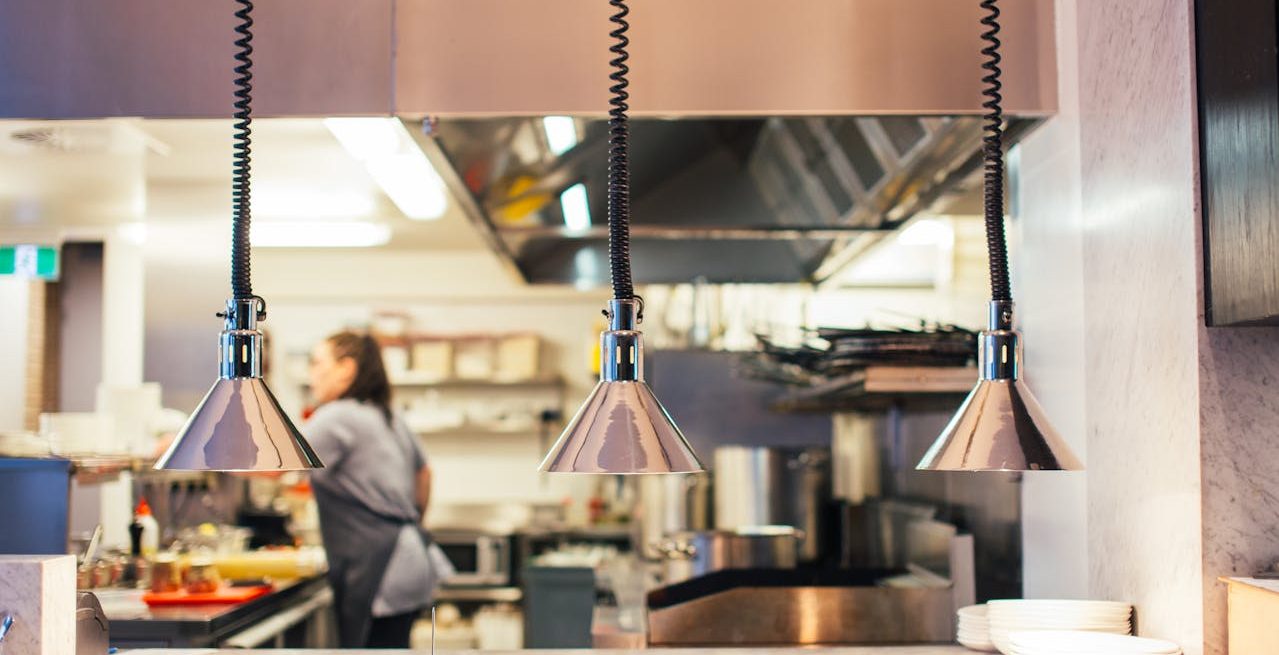Empowering Restaurant Staff: How Technology Solutions Reduce Burnout and Boost Efficiency
3 Min Read By Tony Fernandez
Since the COVID-19 pandemic, the restaurant industry has faced a severe staffing crisis that remains unresolved to this day. With 70 percent of operators struggling to fill job openings and 45 percent reporting they don’t have enough staff to meet customer demand, according to the National Restaurant Association. This ongoing labor shortage not only disrupts daily operations but also places immense pressure on existing employees, leading to burnout and high turnover.
To tackle these challenges, restaurant owners are relying more on digital tools like mobile ordering, self-service kiosks, and AI-powered workforce management. These technologies help streamline operations, lighten the workload for staff, and create a better experience for both employees and customers.
Digital Tools That Reduce Operational StrainFacing persistent labor challenges, restaurants are strategically adopting technology not as a quick fix, but as a long-term solution for sustainable operations. Digital…
Sorry, You've Reached Your Article Limit.
Register for free with our site to get unlimited articles.
Already registered? Sign in!


